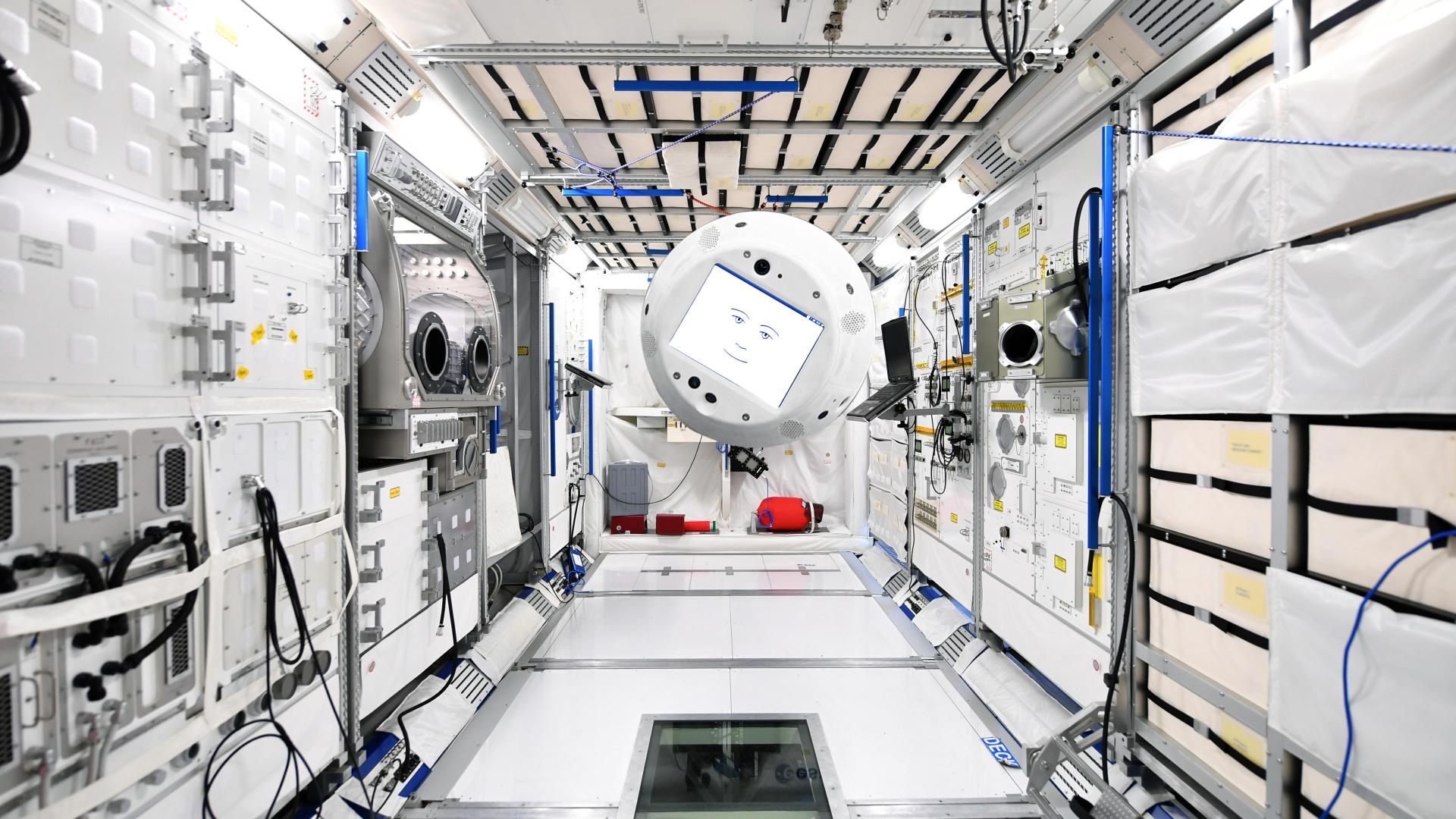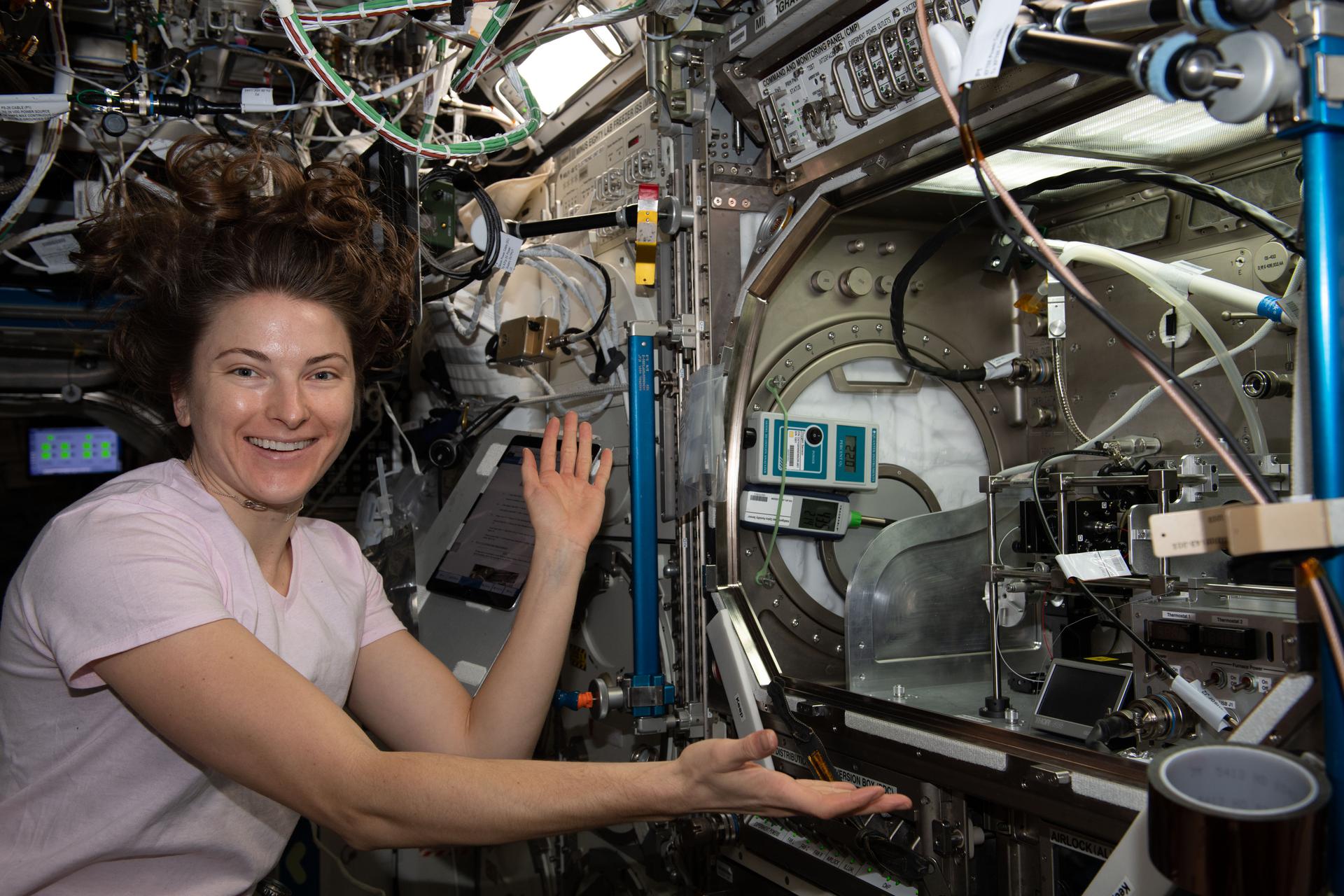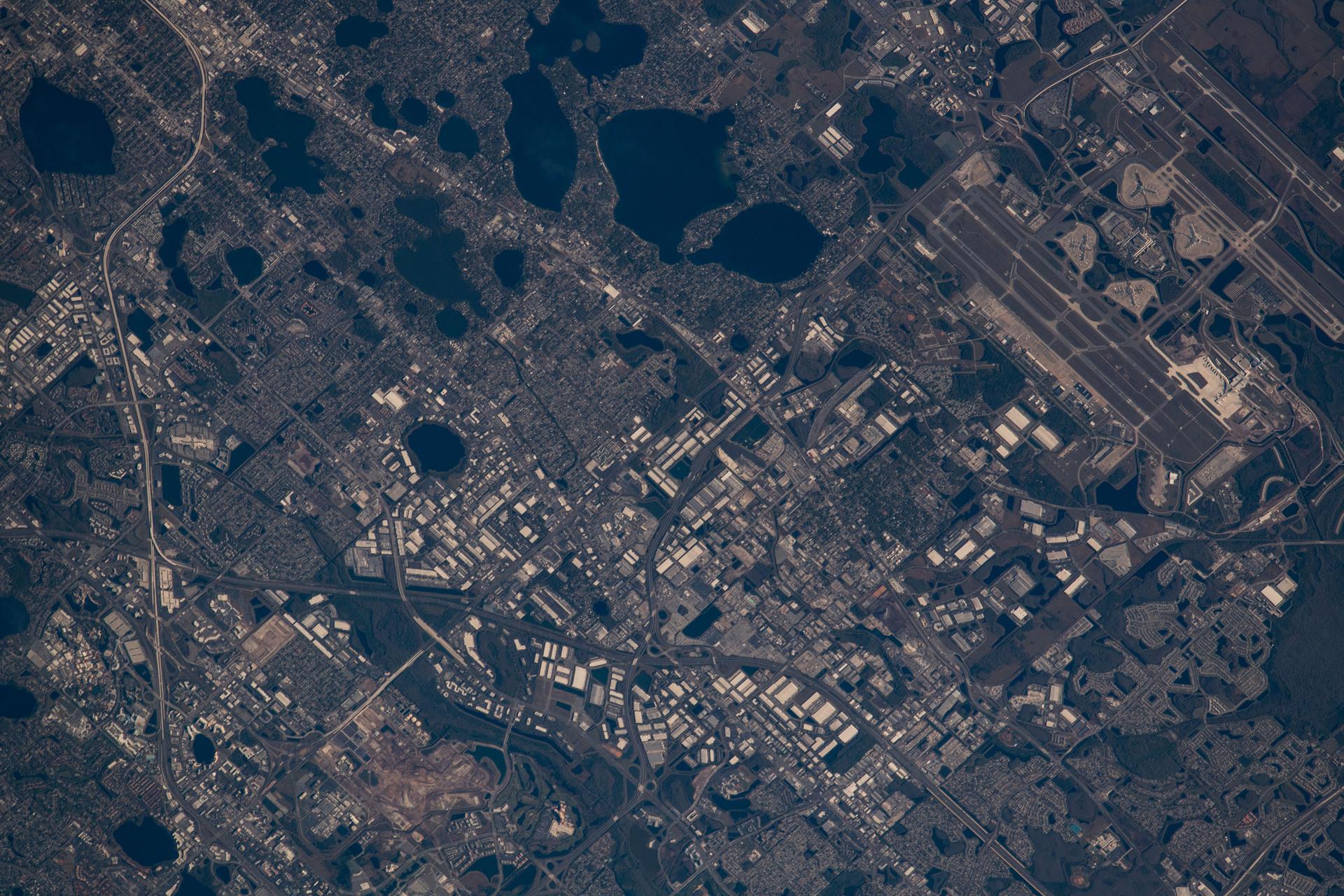[Lea la versión en español de este artículo]
Crew members aboard the International Space Station conducted scientific investigations during the week of March 7 that included testing of an artificial intelligence assistant, a device for imaging the retinas of crew members, and antimicrobial materials for high-touch surfaces on spacecraft.
The space station, continuously inhabited by humans for 21 years, has supported many scientific breakthroughs. A robust microgravity laboratory with dozens of research facilities and tools, the station supports investigations spanning every major scientific discipline, conveying benefits to future space exploration and advancing basic and applied research on Earth. The orbiting lab also provides a platform for a growing commercial presence in low-Earth orbit that includes research, satellite services, and in-space manufacturing.
Here are details on some of the microgravity investigations currently taking place:
An AI hand
Cimon, an investigation sponsored by ESA (European Space Agency) and developed by the German Aerospace Center (DLR), demonstrates an artificial intelligence (AI) crew assistant and studies its effects on the crew. A robotic free flyer that navigates autonomously and interacts with crew members, Cimon could facilitate crew activities and maintenance tasks, providing voice-controlled access to documents and media and enabling a crew member to work on a task with both hands rather than having to interact with a tablet to review procedures. The technology also can document scientific procedures with video and images for either live or retrospective analysis. As mission length expands and activities become more complex, crew members face increased workload and stress. An AI assistant could help the crew carry out more tasks, providing more time for relaxation and reducing stress. This technology has potential applications in education, industry, and health care on Earth as well.
The better to see
Retinal Diagnostics demonstrates capturing images of the human retina using a commercially available lens that attaches to a mobile device. The videos and images are downlinked and used to test and train models for detecting retinal problems that can occur in spaceflight, known as Spaceflight Associated Neuro-ocular Syndrome or SANS. The device is smaller, lighter, and less invasive than current eye diagnostic devices, advantages important on future longer missions. Results from this ESA investigation also could support eye care in remote or developing regions on Earth where patients may not otherwise have access to an ophthalmology or neurology specialist.
Can touch this
Spaceflight may alter the relationship between humans and microbes. Protecting crew members from potentially harmful microbes is critical for continued long-term human presence in space. Touching Surfaces, an ESA investigation, tests specially designed antimicrobial surfaces to help determine those most suitable for use on future spacecraft and in habitats as well as for terrestrial applications such as public transportation and clinical settings.
Other investigations involving the crew:
- UNIGLO tests how microgravity affects a module for processing various types of complex glasses. This investigation could help establish additional manufacturing capabilities in space and lead to development of novel fibers for optical communication and lasers in a variety of applications in space and on Earth.
- NutrISS, an investigation from ESA, periodically assesses body composition and measures long-term energy balance modification over time. Results may improve understanding of the mechanisms behind body composition changes during spaceflight and help lead to ways to mitigate any negative effects of those changes
- Acoustic Diagnostics, an investigation from ESA, tests the hearing of crew members before, during, and after flight to assess the possible adverse effects of noise on the space station and the microgravity environment on human hearing.
- SQuARE studies objects and built spaces and how crew members use them over time. Results could contribute to better design for future spacecraft and habitats.
- Food Physiology examines the effects of an enhanced spaceflight diet on immune function, the gut microbiome, and nutritional status indicators to document how dietary improvements may enhance adaptation to spaceflight.
- ISS Ham Radio provides students, teachers, parents, and others the opportunity to communicate with astronauts using amateur radio units. Before a scheduled call, students learn about the station, radio waves, and other topics, and prepare a list of questions on topics they have researched.
For daily updates, follow @ISS_Research, Space Station Research and Technology News or our Facebook. Follow ISS National Lab for information on its sponsored investigations. For opportunities to see the space station pass over your town, check out Spot the Station.
John Love, ISS Research Planning Integration Scientist
Expedition 66






























